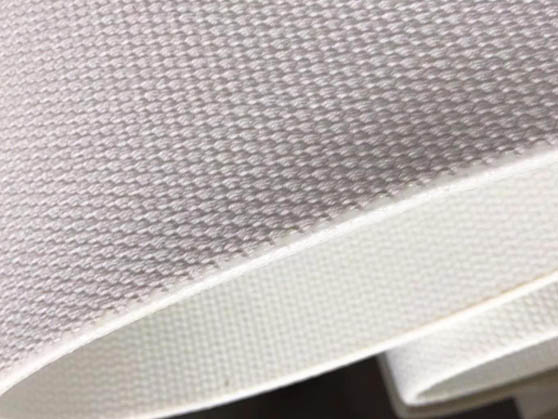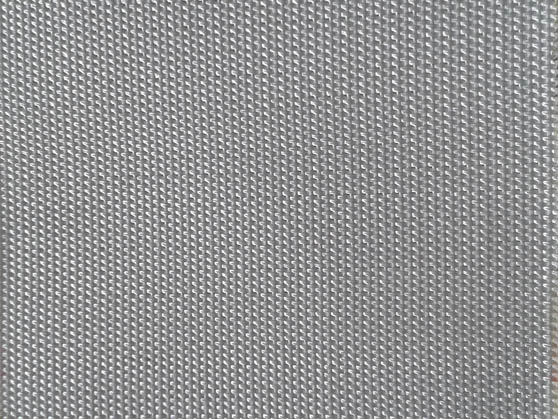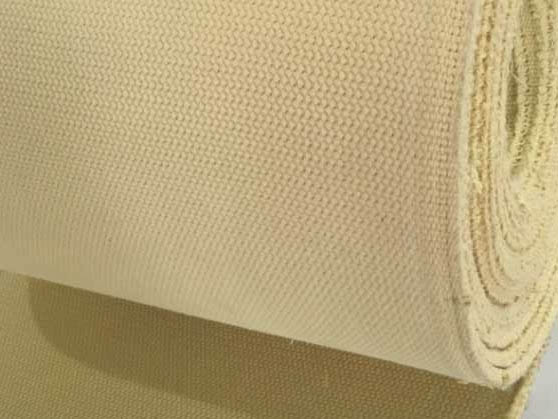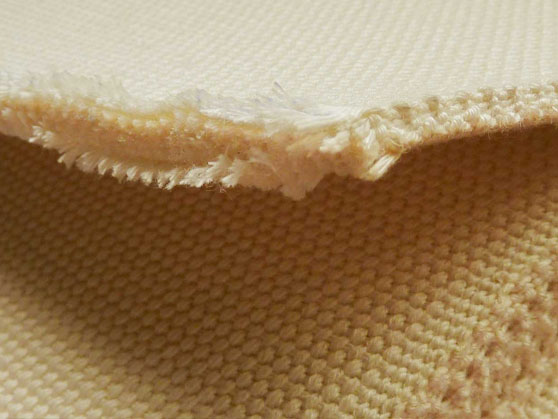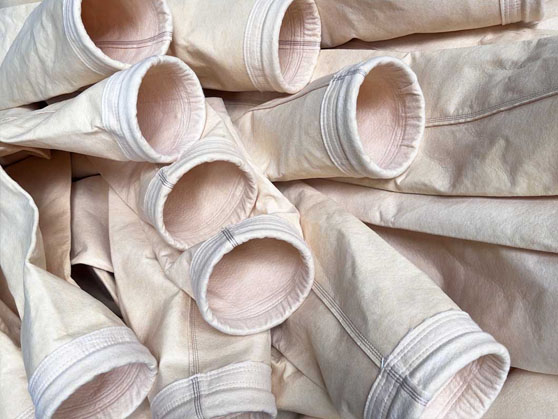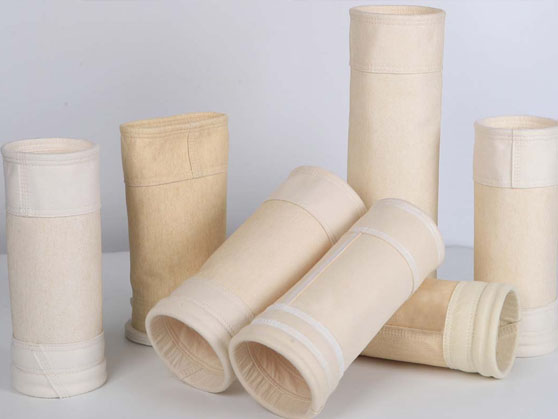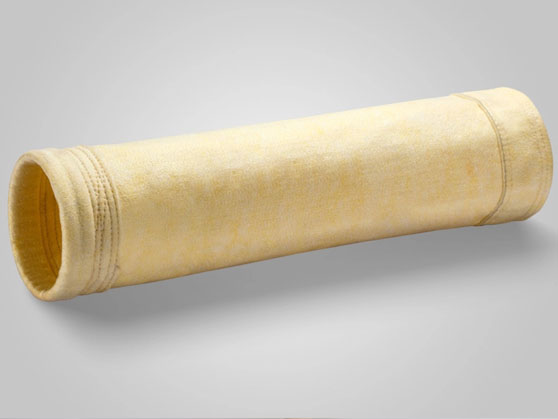Le tissu de glissement d'air en fibres synthétiques est un composant essentiel utilisé dans les systèmes de transport pneumatique (tels que le transport en phase dense/diluée, les lits fluidisés, etc.) ). Il est généralement installé au fond des réservoirs d'expédition, toboggans à airou des lits fluidisés pour répartir uniformément le flux d'air, fluidiser les matériaux en poudre ou en granulés et assurer un transport stable.
1. Fonctions essentielles
Distribution uniforme de l'air: Assure une pénétration uniforme de l'air comprimé grâce à sa structure microporeuse, évitant les blocages localisés du flux d'air ou les pressions excessives.
Fluidification des matériaux: Favorise le mélange des matériaux avec l'air, créant un état "fluide" qui réduit la résistance au frottement.
Anti-clogging: Empêche les particules fines de pénétrer dans les pores du tissu, maintenant ainsi la perméabilité à l'air à long terme.
Résistance à l'abrasion et à la pression: Résiste au poids du matériau et à la pression de l'air pour éviter tout dommage.
2. Matériau et structure
Propriété | Description |
Matériau de base | Fibres synthétiques telles que le polyester (PET), le polypropylène (PP), le nylon (PA), parfois avec un revêtement PTFE pour les modèles haut de gamme. |
Processus de tissage | Structure multicouche (surface dense + base de soutien) ou tissu non tissé aiguilleté pour équilibrer la perméabilité et la résistance. |
Taille des pores | Typiquement 10-100 microns, sélectionnés en fonction de la taille des particules (les poudres plus fines nécessitent des pores plus petits). |
Résistance à la température | Standard : -30°C à 120°C ; les versions haute température (par exemple, fibre de verre + PTFE) peuvent supporter jusqu'à 200°C+. |
3. Applications clés
Transport pneumatique en phase dense/diluée : Installé au fond des réservoirs d'expédition pour fluidifier les matériaux avant qu'ils n'entrent dans les pipelines.
Industrie du ciment: Goulottes de déchargement fluidifiées pour les silos de farine crue ou de ciment.
Industries chimiques et alimentaires : Silos à poudre, sécheurs à lit fluidisé.
Puissance/Industries métallurgiques : Transport pneumatique de cendres volantes ou de poudres minérales.
4. Lignes directrices de sélection
Perméabilité à l'air (L/m²-s)
Doit correspondre au débit d'air du compresseur - un débit trop élevé augmente la consommation d'énergie, un débit trop faible entraîne une fluidification irrégulière.
Résistance à l'abrasion
Les environnements à forte usure (par exemple, le ciment) nécessitent des surfaces renforcées (par exemple, un revêtement en PTFE).
Résistance chimique
Les matériaux acides/alcalins exigent des fibres résistantes à la corrosion (par exemple, PP ou PTFE).
Méthode d'installation
Doit être scellé hermétiquement aux goulottes ou aux réservoirs (généralement fixé par des brides ou des bandes boulonnées).
5. Problèmes communs et solutions
Enjeu | Cause | Solution |
Perméabilité réduite | Colmatage par la poussière ou vieillissement du tissu | Nettoyage régulier de l'air inversé ou passage à des modèles anti-colmatage (par exemple, membrane PTFE). |
Dommages localisés | Impact du matériel ou installation incorrecte | Utilisez un tissu renforcé multicouche avec protection des bords. |
Flux d'air irrégulier | Répartition irrégulière des pores ou chute de pression excessive | Optimisez les réglages du compresseur ou utilisez un tissu au tissage uniforme. |
6. Entretien et durée de vie
Nettoyage : Utilisez régulièrement un rinçage à l'air comprimé ou un rinçage à l'eau à basse pression (évitez les jets à haute pression).
Cycle de remplacement : Généralement de 1 à 3 ans, en fonction de l'abrasivité du matériau et des conditions d'utilisation.
Recommandation concernant les pièces de rechange : Conservez les pièces de rechange du même lot afin de garantir une perméabilité constante après remplacement.
Conclusion
Le tissu de glissière d'air en fibres synthétiques est le "cœur invisible" des systèmes de transport pneumatique, ayant un impact direct sur l'efficacité de la fluidisation et la consommation d'énergie. La sélection doit prendre en compte les propriétés du matériau, les paramètres de débit d'air et la résistance à l'environnement, avec un entretien régulier pour prolonger la durée de vie. Dans les industries à forte usure comme le ciment et les produits chimiques, les matériaux revêtus de PTFE ou les matériaux composites sont préférables.
Vous pouvez aussi aimer
Darko est l'un des principaux fabricants de filtres à tissu en Chine. Nous fournissons aux petites et grandes entreprises des filtres en tissu sûrs et certifiés ISO en gros. Nous fournissons des filtres industriels en tissu de différentes spécifications et de tailles personnalisées.
Darko est un fabricant et fournisseur de filtres en tissu digne de confiance en Chine depuis plus de 10 ans. Grâce à nos années d'expérience dans l'industrie, nous pouvons garantir la production de filtres en tissu chinois de haute qualité. Outre les installations de fabrication dans notre propre usine, nous offrons également des services de personnalisation et de conception à nos clients. Nous produisons des filtres en tissu pour traiter différents volumes d'air .
Si vous êtes à la recherche d'une entreprise de filtres, vous pouvez compter sur Darko. Achetez des filtres en tissu en vrac chez nous et laissez-nous vous aider à développer votre entreprise grâce à nos produits personnalisables et abordables.

